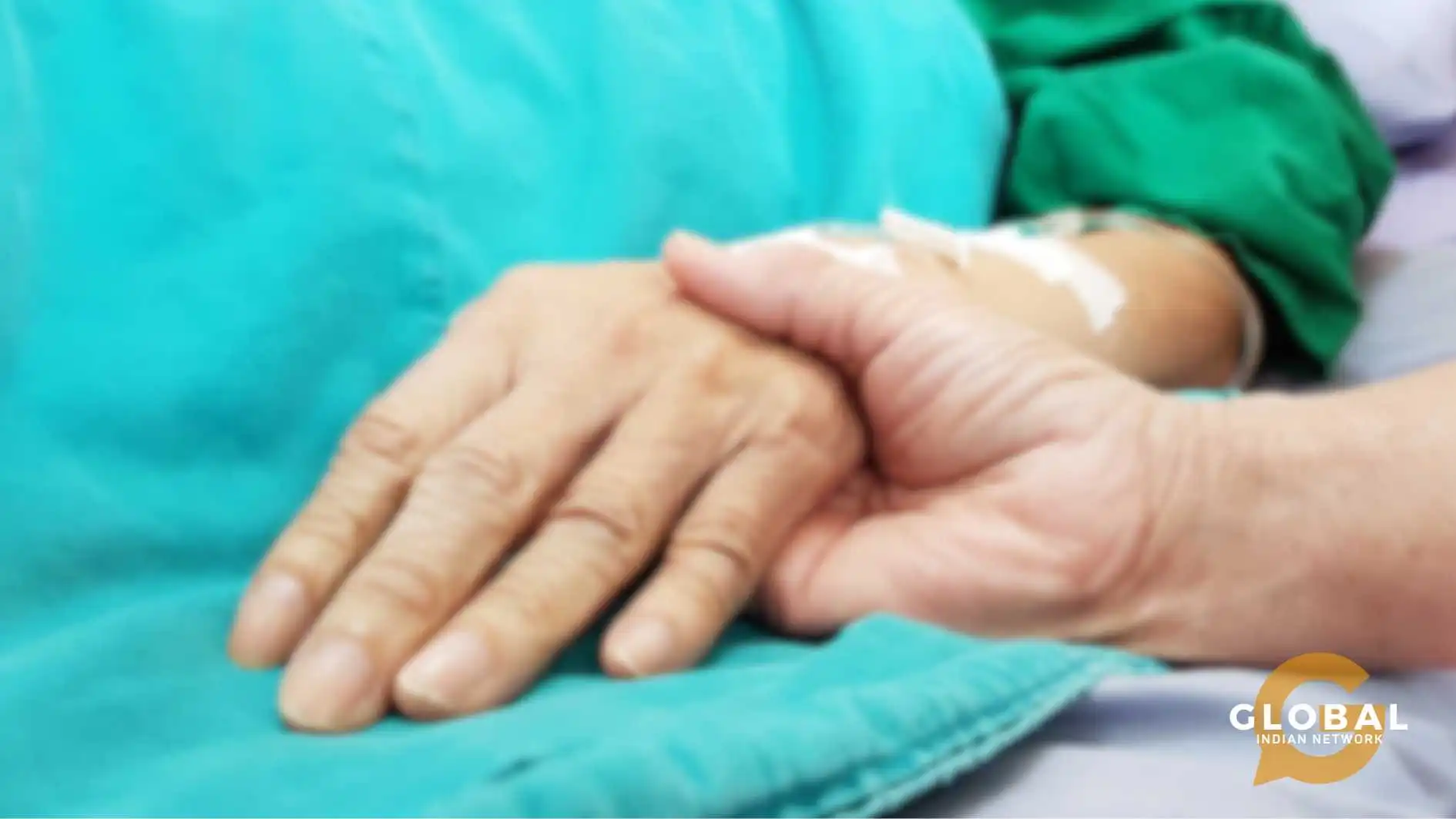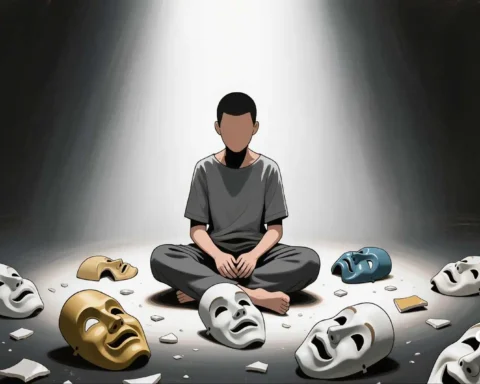The debate about whether euthanasia is right or wrong in the field of human rights continues from a moral standpoint. Euthanasia in India, or the right to die with dignity, is regarded as an important and fundamental component, as stated in Article 21. Terminal illness not only causes excruciating pain and suffering but also emotional, psychological suffering, and anguish as well. So the question is, should the terminally ill patient be given the right to die in the manner they want to die? Should they be given assistance in passing away, or should they be permitted to suffer until they meet their natural, eventual death?
As Indian society progresses, it both accepts and rejects the practice of euthanasia. There are worries regarding how ethical it is, as well as how some people might misuse it in the guise of euthanasia, which can have disastrous outcomes. People have definitely become more sympathetic to the concept of euthanasia and the idea of ending someone’s life and freeing them from long-standing pain and suffering through voluntary or passive means.
Euthanasia is always backed by a moral standpoint and can never have a satisfactory answer. Euthanasia tackles civilized society, legal outcomes, morality, ethics, human rights, religions, legal, social, and cultural issues. Some people even agree that euthanasia is murder and that it is morally wrong to end someone else’s life. It questions the sanctity of human life deciding its own death rather than a natural, eventual one.
Table of Contents
Understanding Euthanasia in India: Historical Context
British legislation has heavily influenced Indian law and maintained a stance against euthanasia. The Indian Penal Code (IPC) did not differentiate between suicide and abetment of suicide, mercy killing, effectively classifying any act that intends to end a human being’s life as a criminal offence under Section 306, which is abetment of suicide, and Section 309, attempt to commit suicide. This rigid legal framework reflected on societal ethics that prioritize the preservation of life above anything else.
The topic of euthanasia was a turning point for India’s legal system. Euthanasia in India came with a landmark case of Aruna Shanbaug. A nurse who was brutally sexually assaulted by a sweeper at the KEM hospital in Mumbai on 27 November 1973. The attack was done by strangling her with a chain and depriving her of oxygen, leaving her unconscious. She was kept alive by a feeding tube for 42 years, leading to her eventual death by pneumonia in 2015.
This case brought up the issue of passive euthanasia in the legal system. In 2011, the Supreme Court rejected the plea for active euthanasia and recognized passive euthanasia under special circumstances. It laid down strict guidelines requiring approval from the High Court and medical board, putting importance on the “best interest” of the patient.
This plea was further solidified in 2018 by the Supreme Court judgement in the Common Cause v. Union of India case. The ruling legalized passive euthanasia and the right to a “living will”. This decision empowered individuals to say no to medical treatments if, in the future, they meet their fate in an incurable state, ensuring proper guidelines are set. Active euthanasia remains illegal, but the judgment passed on passive euthanasia puts us a step closer to individuals’ rights on strict conditions.

Euthanasia in India: A Religious Perspective
In Islam, life is considered a sacred gift from Allah, who has all the authority over life and death. It is written in the Quran, which emphasizes and states, “Do not take life, which Allah made sacred, other than in the course of justice.” Only Allah can determine the length of a human being’s life, and to interfere in his divine will is forbidden, as there is always some hope for patients to survive. Islamists consider assisted dying as unlawful (Haram) and are strictly against it.
They consider anyone who takes away the life of another human being a sin; it doesn’t matter if it’s a doctor; they consider an individual’s life protected by Islamic Law (Shari’ah). Instead of euthanasia in Islam, people are suggested to seek medical treatment when they are suffering and be surrounded by empathy and support from their communities, and not go to a doctor for alleviation of pain in such cases, asking doctors to end their lives.
In Christianity, people view life as a divine gift from God, which should and must be preserved and protected. The Second Vatican Ecumenical Council condemned crimes against life and viewed euthanasia as a rejection of God’s will. The act of killing or doing it to themselves is considered a violation of divine law and is considered as grave as murder.
In the 10 Commandments, which Christians follow, it is stated, “Thou shall not kill.” Every individual under this religion is seen as an image of God, and it is believed that they are responsible for their life before him. Therefore, Suicide and euthanasia are seen as a rejection of God, and Christians follow the process of natural death at the time when God wants.
However, there is a debate on the principle of love which Christians follow, allowing a person to endure such pain and suffering while advocating love, which is a compassionate act. Some Christians also see euthanasia as an act of love and God’s gift of free will, allowing individuals to end their suffering.
The Hindu perspective on euthanasia is extremely rooted in the core principles of Karma (the sum of one’s actions), Moksha (freeing oneself from the cycle of rebirth), and Ahimsa (non-violence). Euthanasia is considered bad Karma because the soul is unnaturally taken away from its body, disrupting the cycle of rebirth and damaging the karma for both the person who is taking away the life and those who want their life taken away. They believe such an act will disrupt the cycle of the soul who is trying to achieve Moksha, the ultimate goal.
However, there are two different perspectives in Hinduism. One believes ending someone else’s suffering might give them good karma, but the other party believes that it disrupts the cycle and the natural order, inviting the patient’s karma upon those who perform euthanasia. The ideal death in Hindu Tradition is a conscious one, making treatments for mental alertness problematic, as the person’s state of mind when they die is believed to influence the process of birth.
How Does Indian Society View Euthanasia in India?
Traditional values play a huge role in how we see euthanasia as a society in India, as it becomes a complex play of those values. We can see an increase in awareness in society about individual rights, which is a huge step. But on the other end of the spectrum, there are people who oppose euthanasia on religious and moral grounds. The fear of legalizing euthanasia could target the vulnerabilities of individuals who might feel forced and pressured to end their lives.
The strong family values and ties also show us that ending an individual’s life is not just an individual choice but a collective one, including family, making us question whether this choice is really an autonomous one or an influenced one.
The educated urban population does stand with the right to die with dignity. They put importance on individuals’ autonomy to end their prolonged suffering and illness, and also liberate families from medical bills and mental trauma. The desire to end and avoid life when it becomes unbearable and no hope for recovery is seen as the individual’s right to choose for themselves.
The traditional media, old or new, plays a crucial role in shaping public opinion by putting emphasis on individual stories as well as sparking debates. Although the judgment was passed in 2018 by the Supreme Court, there is still a societal debate on whether it is okay to end life or not.
Conclusion
Euthanasia in India cannot just be seen from one perspective, as we are a very diverse society that upholds tradition, religion, and values as its greatest strength. In the journey from not having any form of euthanasia legal to getting passive euthanasia recognized, we have come a very long way as a society and have shifted our legal thoughts, driven by humanity and individual rights.
While religion still shapes our beliefs and our ethical considerations, our societal views remain varied. With the growing importance we as our society giving such importance to death and individual rights, we have come a long way in the Indian judiciary. India still faces mixed opinions on the legality of passive euthanasia; we are shaping the future of the end of end-of-life care and individual free will to choose it for themselves. We are so deeply rooted in our religious beliefs, yet we are increasingly embracing the modern concept of human rights.

FAQs
Which type of euthanasia is allowed in India?
The Supreme Court of India, in a landmark judgement, recognized a person’s right to die with dignity, saying that a terminally ill person can opt for passive euthanasia and execute a living will to refuse medical treatment.
What is the latest judgment on euthanasia in India?
In 2018, the Supreme Court recognized the right to die with dignity as a fundamental right and prescribed guidelines for terminally ill patients to enforce the right.
How to apply for euthanasia in India?
An application for termination of life through passive euthanasia shall be made to the Chief Medical Officer of a Government hospital by the parents or spouse, children or siblings, or legal guardian of that person.









